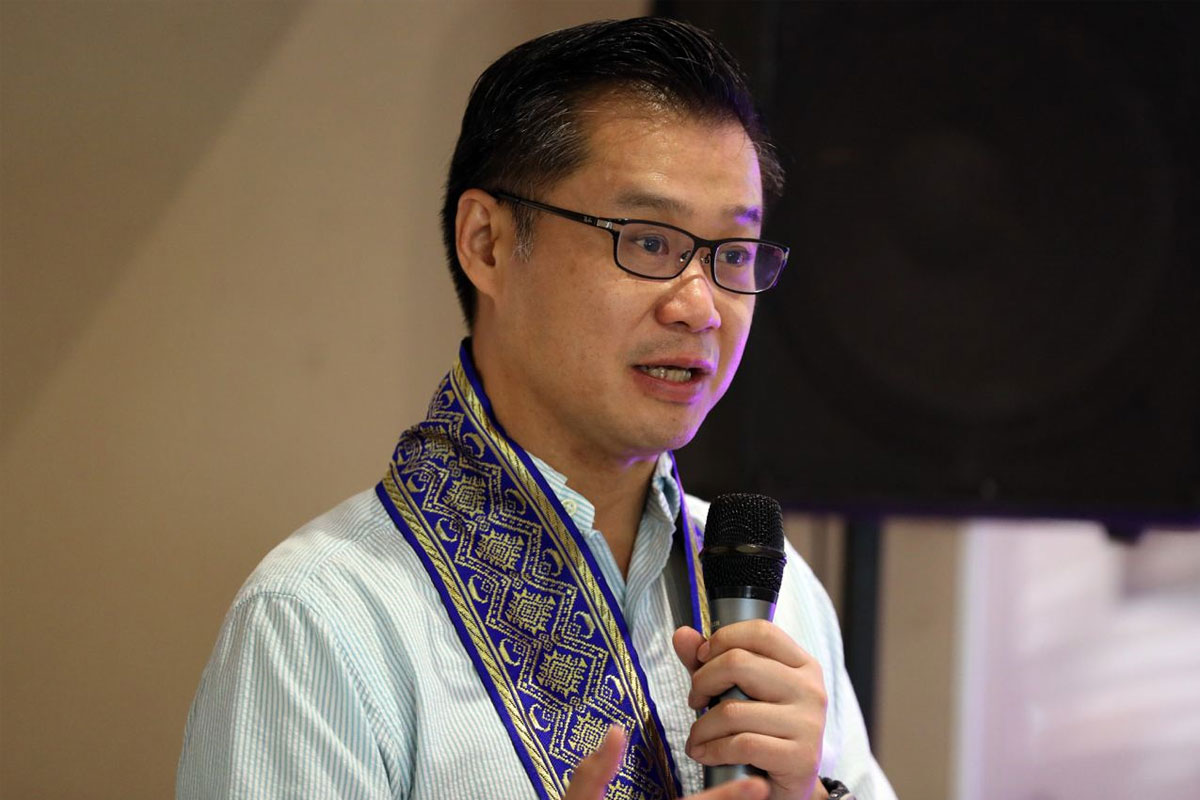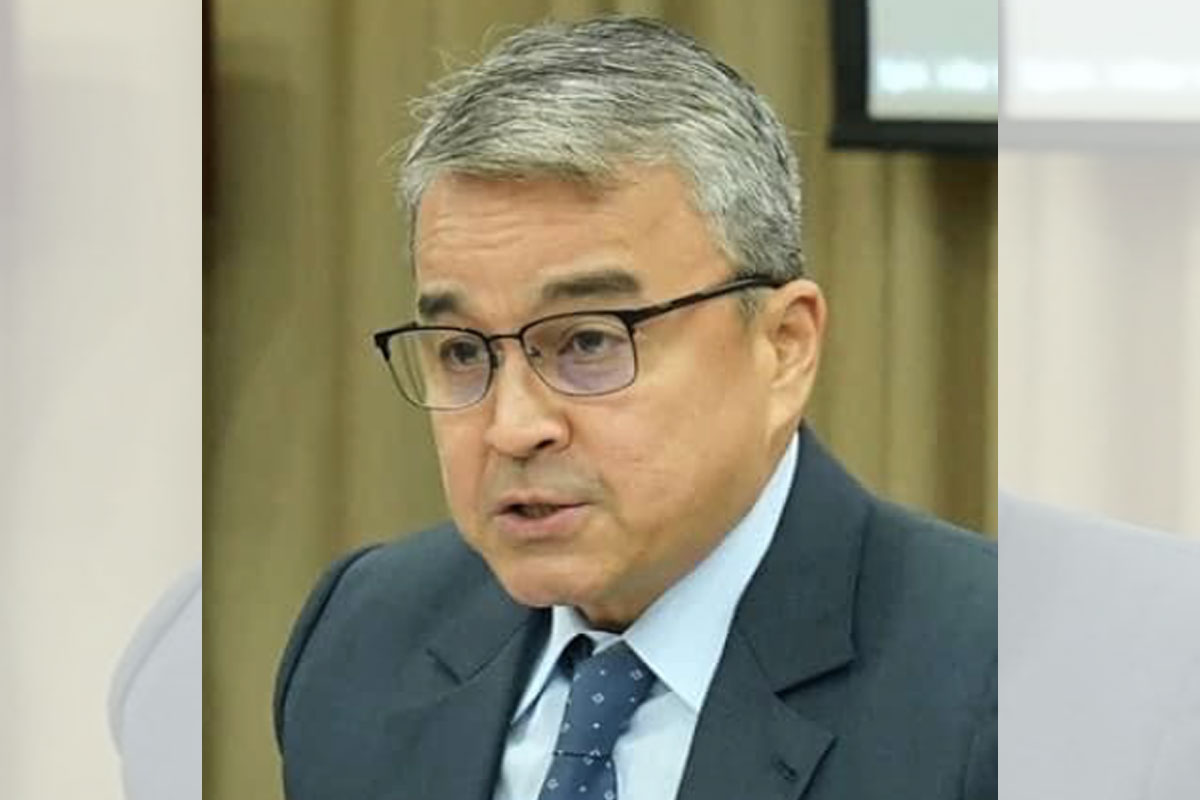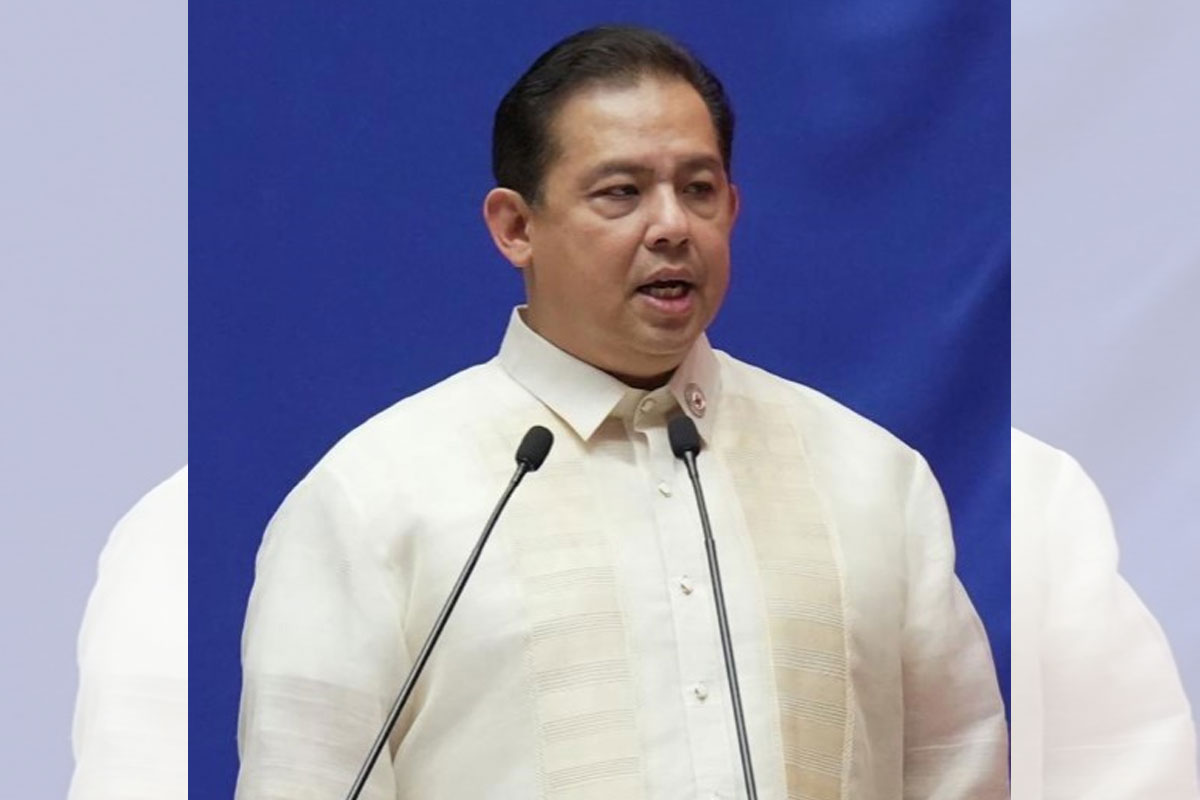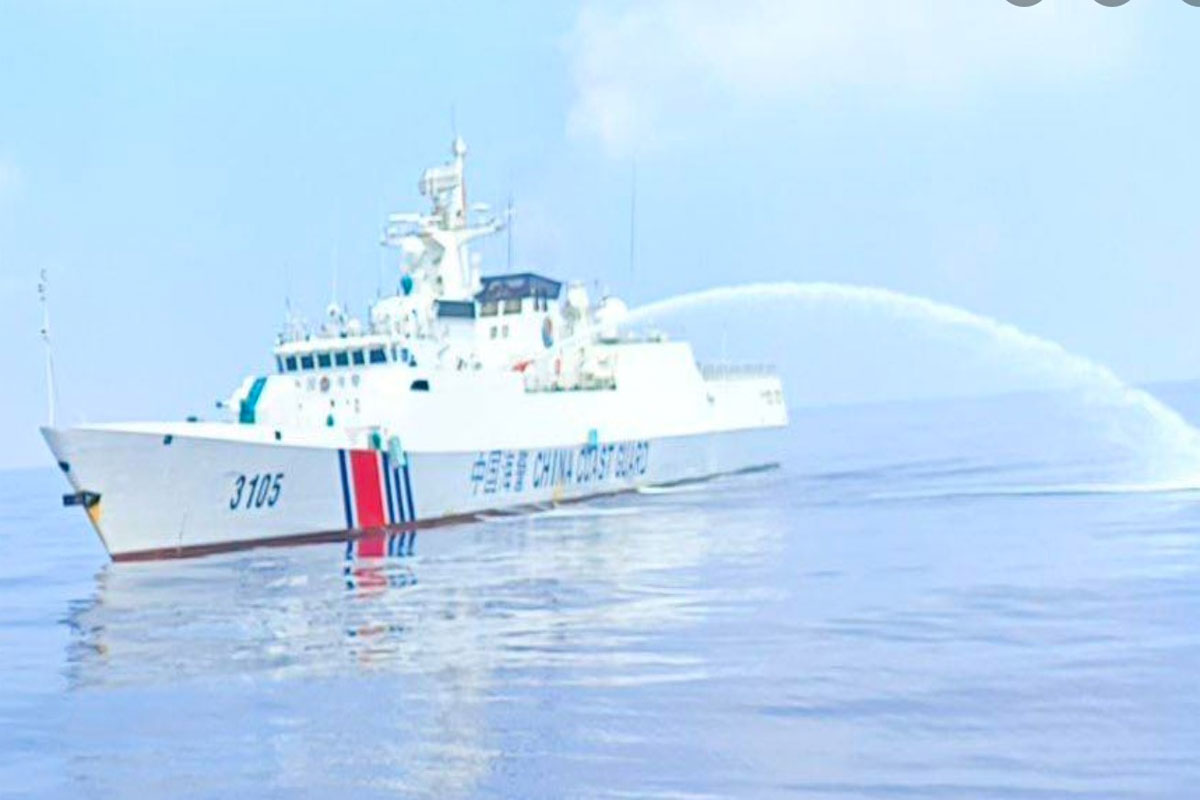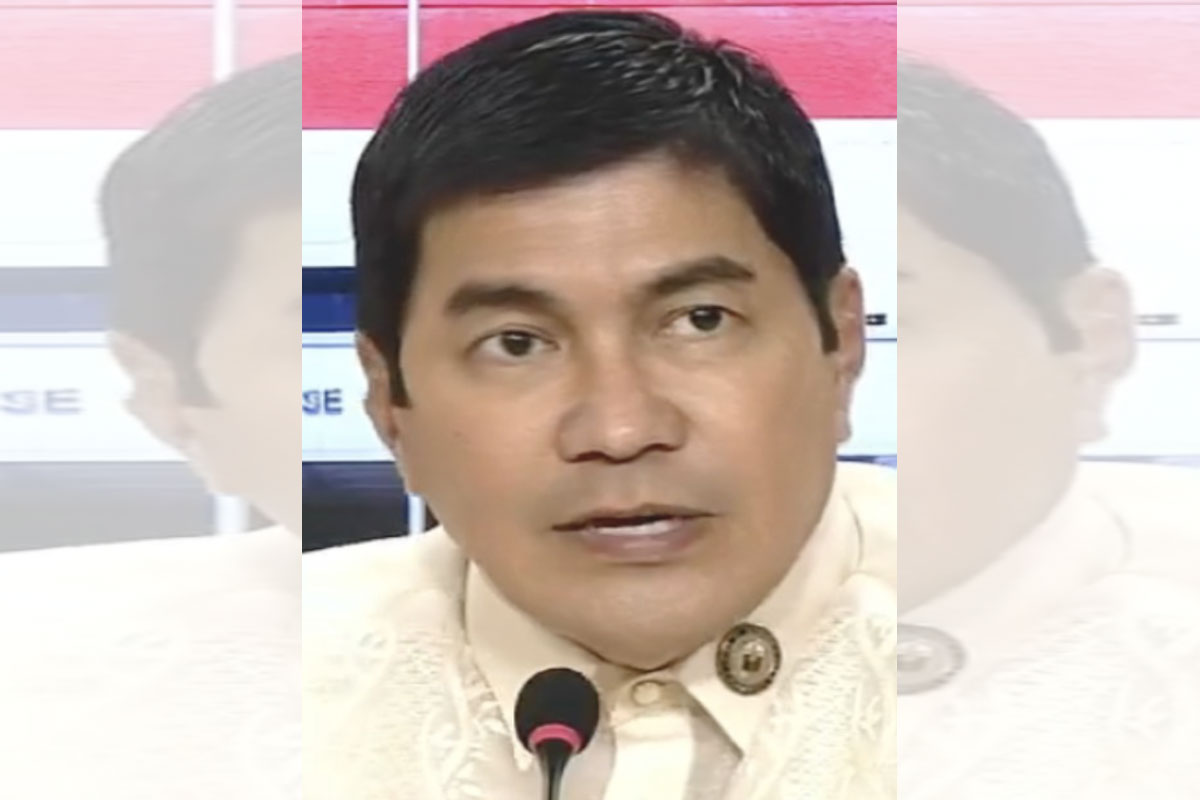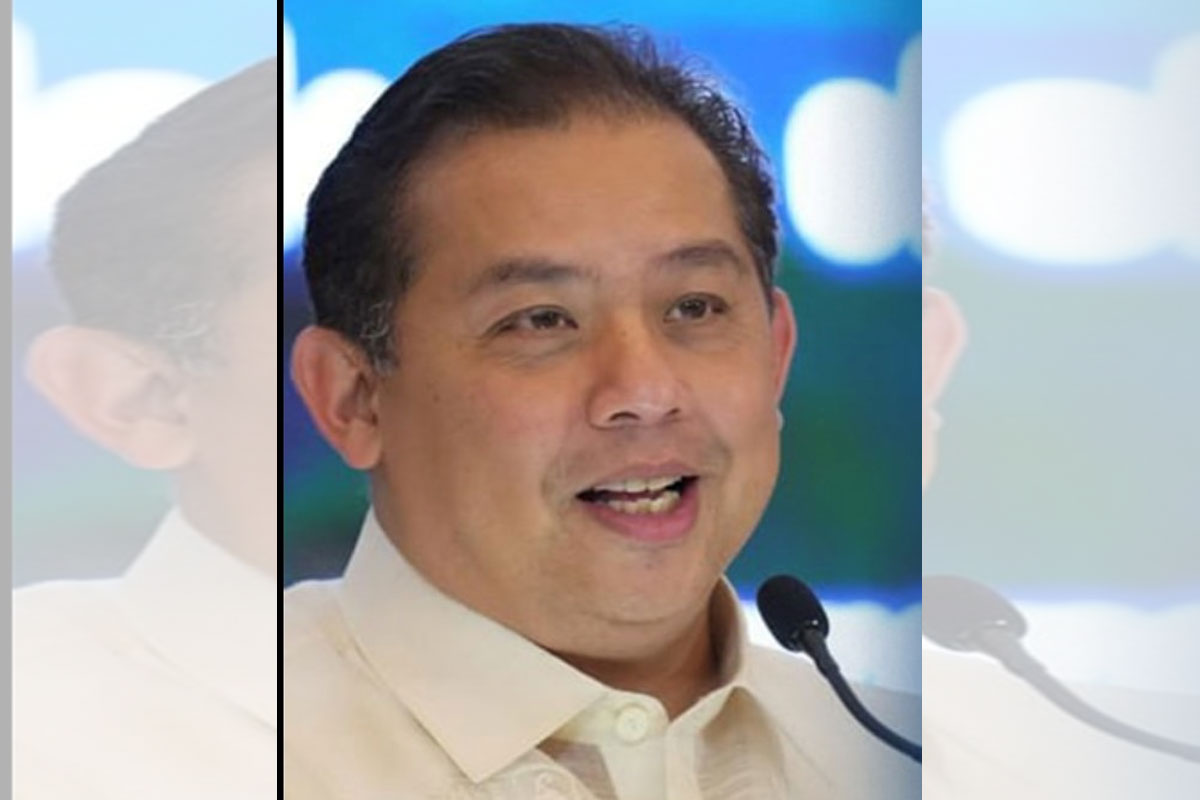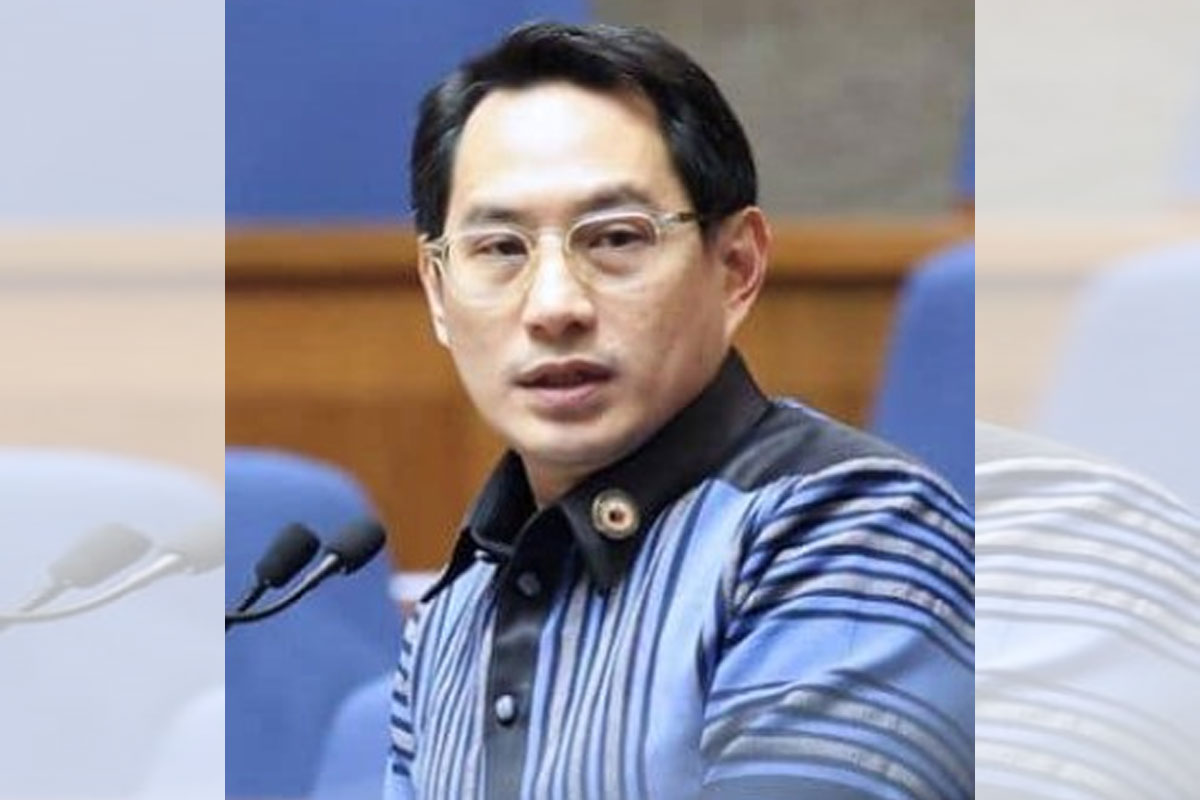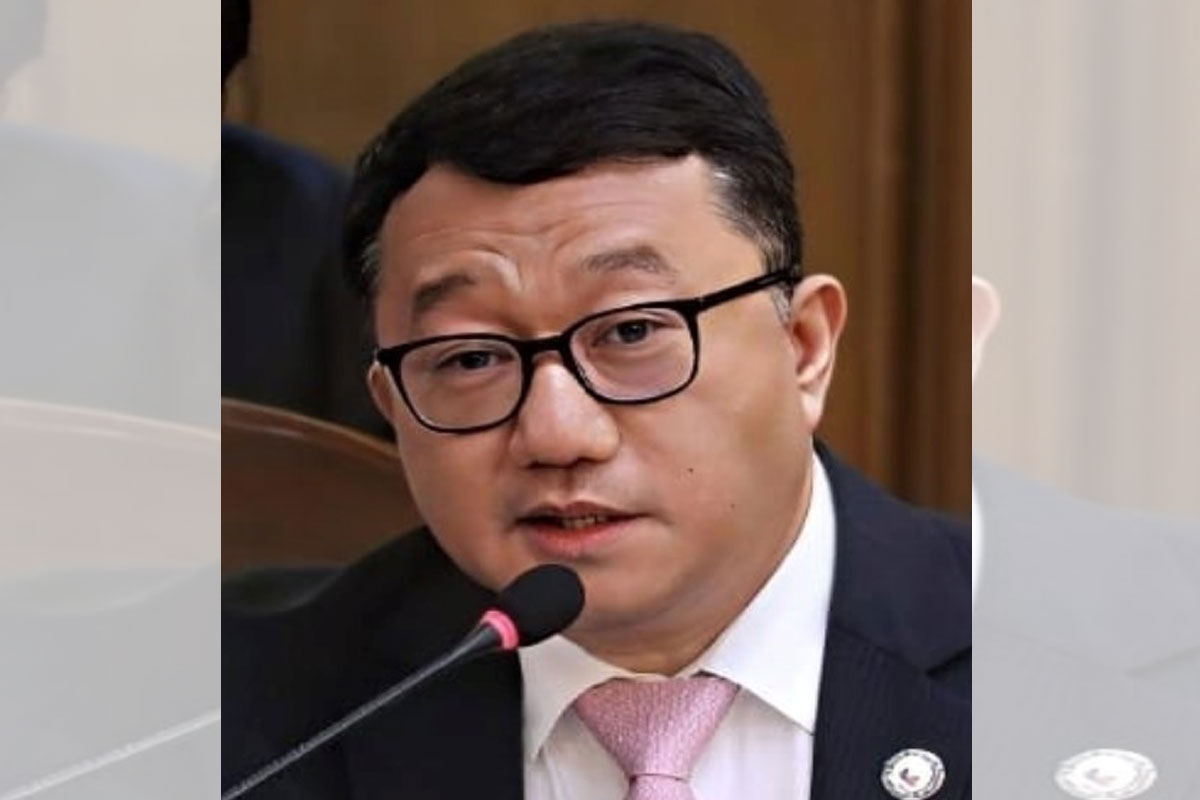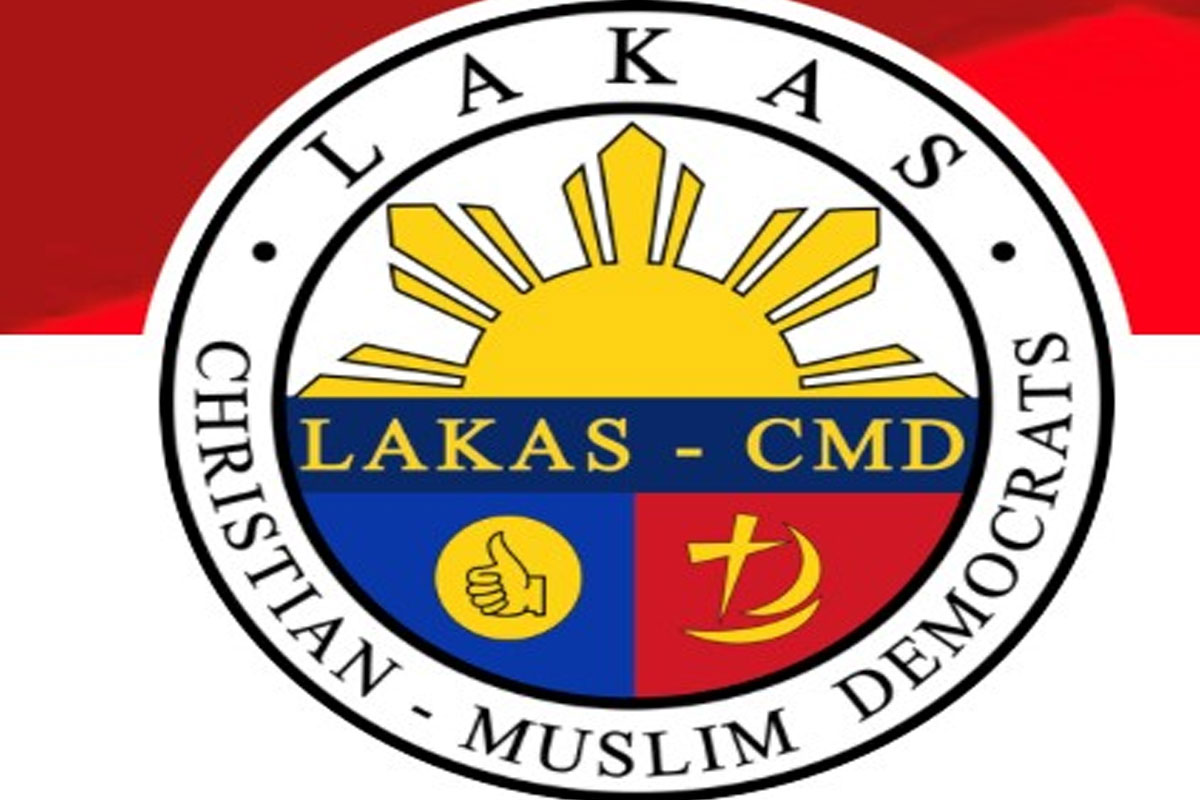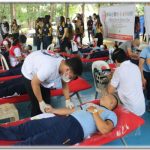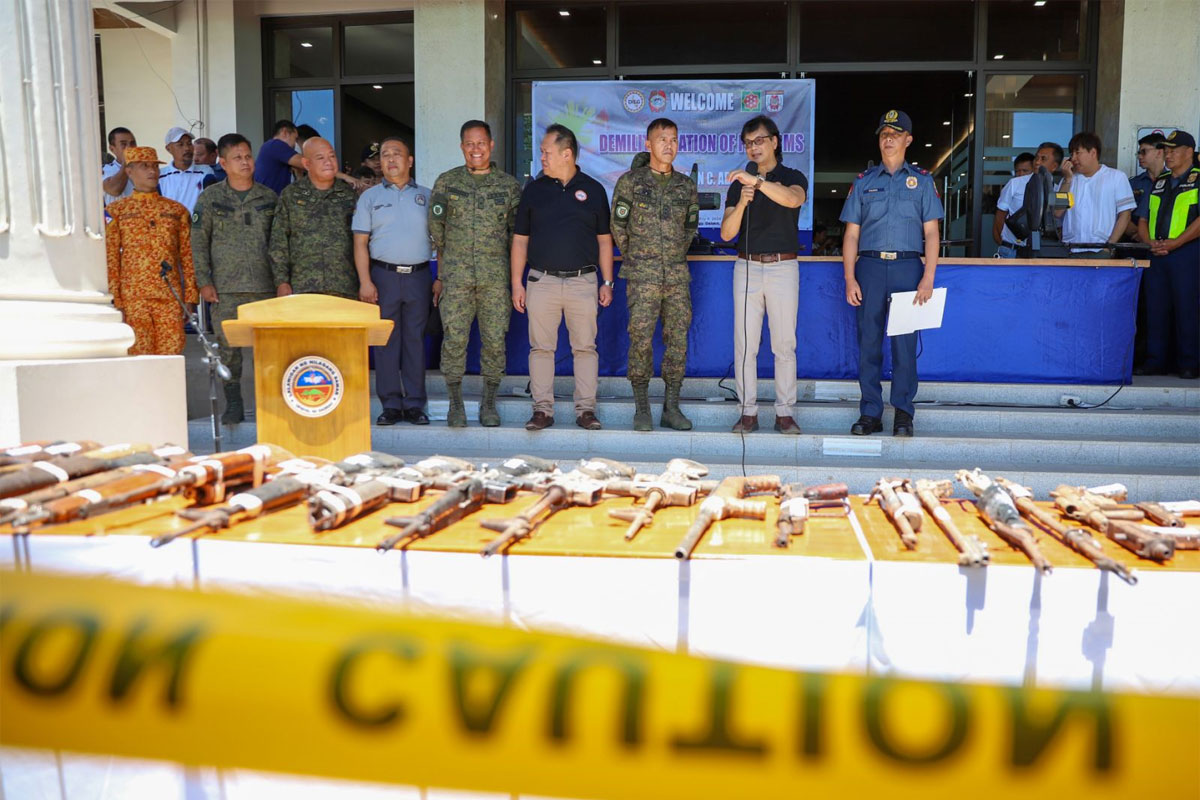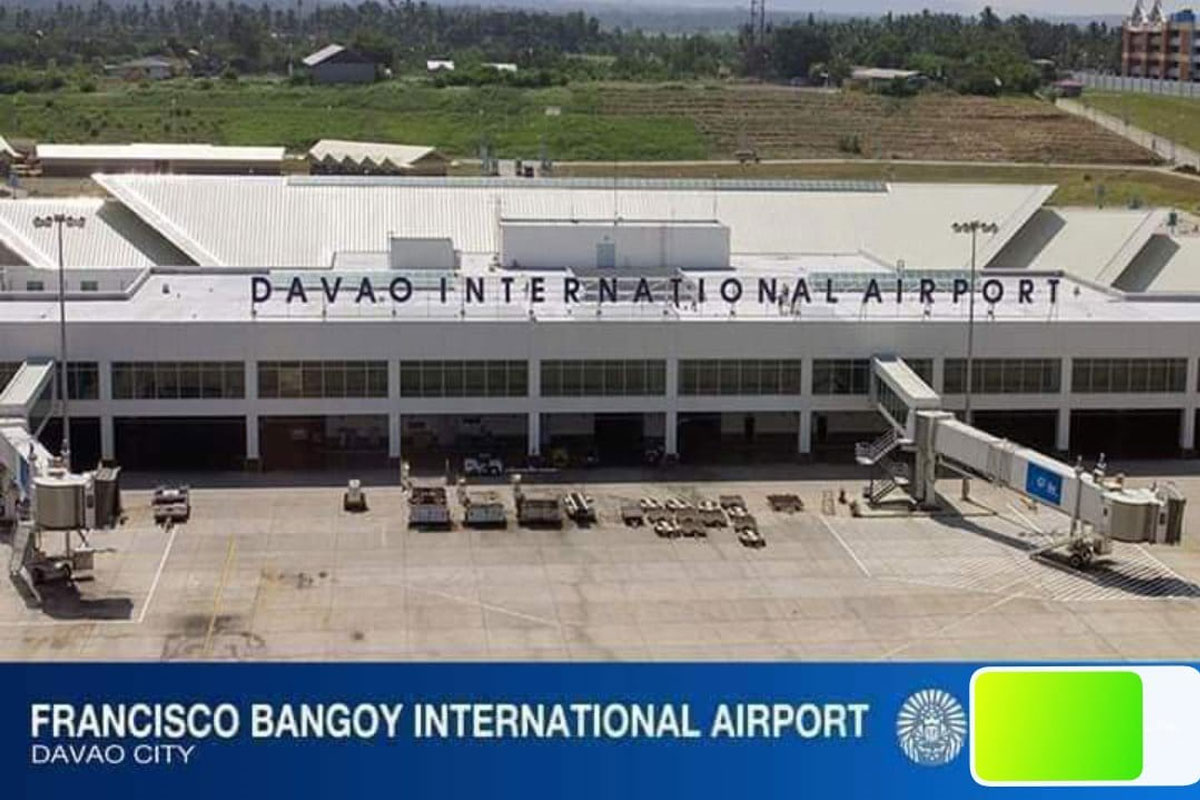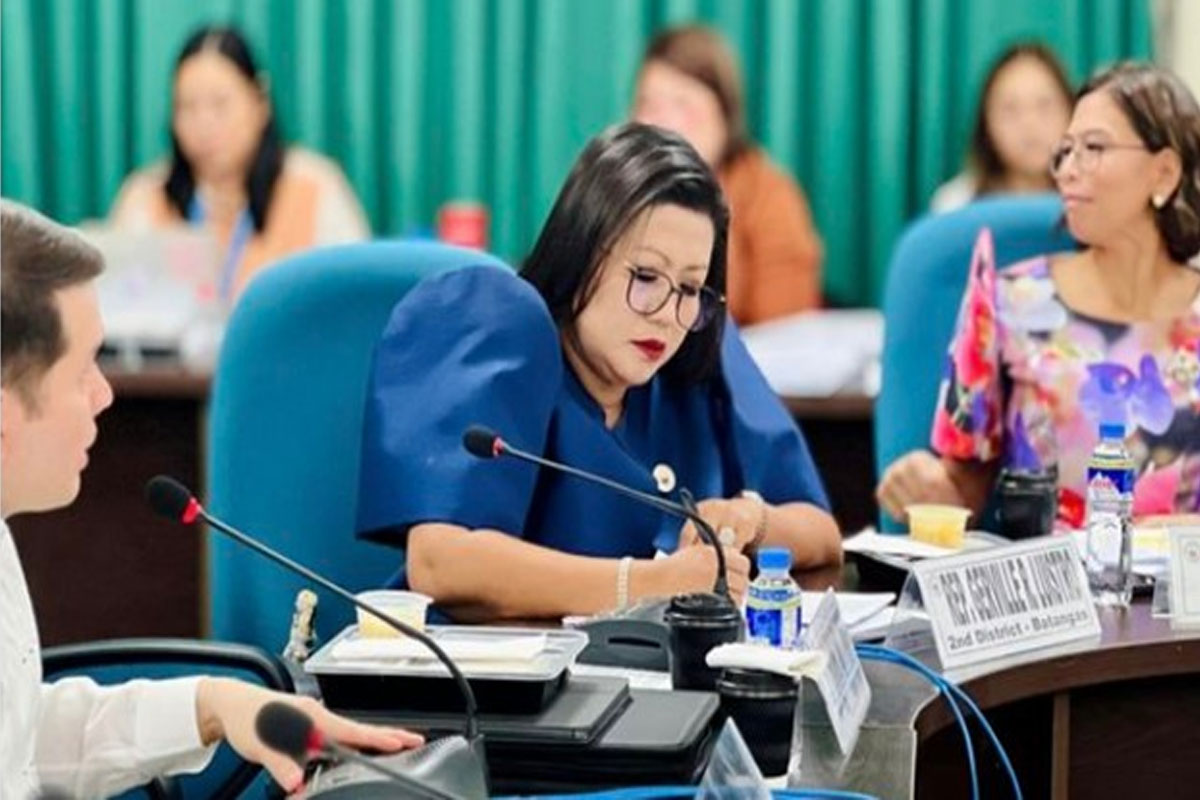
‘Safe Water Project’ benefits 350K residents
AT least 350,000 residents of Palawan, Negros Occidental, and Saranggani will soon have access to safe drinking water and sanitation process with the implementation of the “Safe Water Project” (SWP).
The Department of Environment and Natural Resources (DENR) and the National Economic and Development Authority (NEDA) jointly implement the P922-million worth project for five years.
The total project cost is equivalent to a grant of US$18 million from the United States Agency for International Development (USAID).
The Philippine government shoulders a fund equivalent to not less than one-third – P307 million of the USAID grant.
DENR Project Evaluation Officer Israel Helios S. Inocencio said that the components of the USAID-funded project include technical assistance (TA) on water chlorination for local government units (LGUs)and water districts and TA to Local Water Utilities Administration (LWUA) on septage management.
The septate management covers the Supreme Court Mandamus for the Manila Bay area.
Other components are exploration on diversifying surface bulk water supply in Negros Occidental and assistance in water security plans for Negros Occidental and Sarangani.
The USAID has been prompted by water security challenges in the Philippines, including a “growing population, unsustainable land uses, deficient wastewater management.”
“At the center of these challenges are the need for the adequate supply of clean drinking water, which has become increasingly elusive in many parts of the country, elimination of open defecation, especially in poorer communities, and increased access to safely managed sanitation services,” Inocencio stressed.
He added that climate change, typhoons, droughts, and diseases like COVID-19 further worsen the stress level from these water supply threats.
These threaten watersheds and the integrity of water and sanitation infrastructure.
Inocencio further explained that the project employs the “Integrated and Inclusive Water Security” (IIWS) framework, which is part of the long-term goal to protect the upstream water resources – the forests – where the water comes from.
He disclosed that the highlight of SWP is a livelihood component which includes “ube” production training for people’s organizations (POs) in Narra, Palawan, and training for the use of starter kits and farm tools for the ECLOF Organic Farm, a non-profit microfinance institution.
An estimated 150,000 people will be the livelihood beneficiaries.
Aside from these components, a total of $20 million will be mobilized as an investment for the sustainable environment operation.
Inocencio also said that the project would empower local government units (LGUs), water service providers, and watershed councils in the sustainable management of water resources.
Other beneficiaries of the project are communities in Region 4-B (Mimaropa, Mindoro Marinduque, Romblon), Region 6 (Aklan, Antique, Capiz, Guimaras, Iloilo) and Region 12 (Cotabato, Sarangani, Sultan Kudarat).
He added that a total of 1.1 million people will receive improved service quality from existing managed safe drinking water services.
An estimated one million metric tons of greenhouse gas emissions will be reduced due to a sustainable landscape system.


